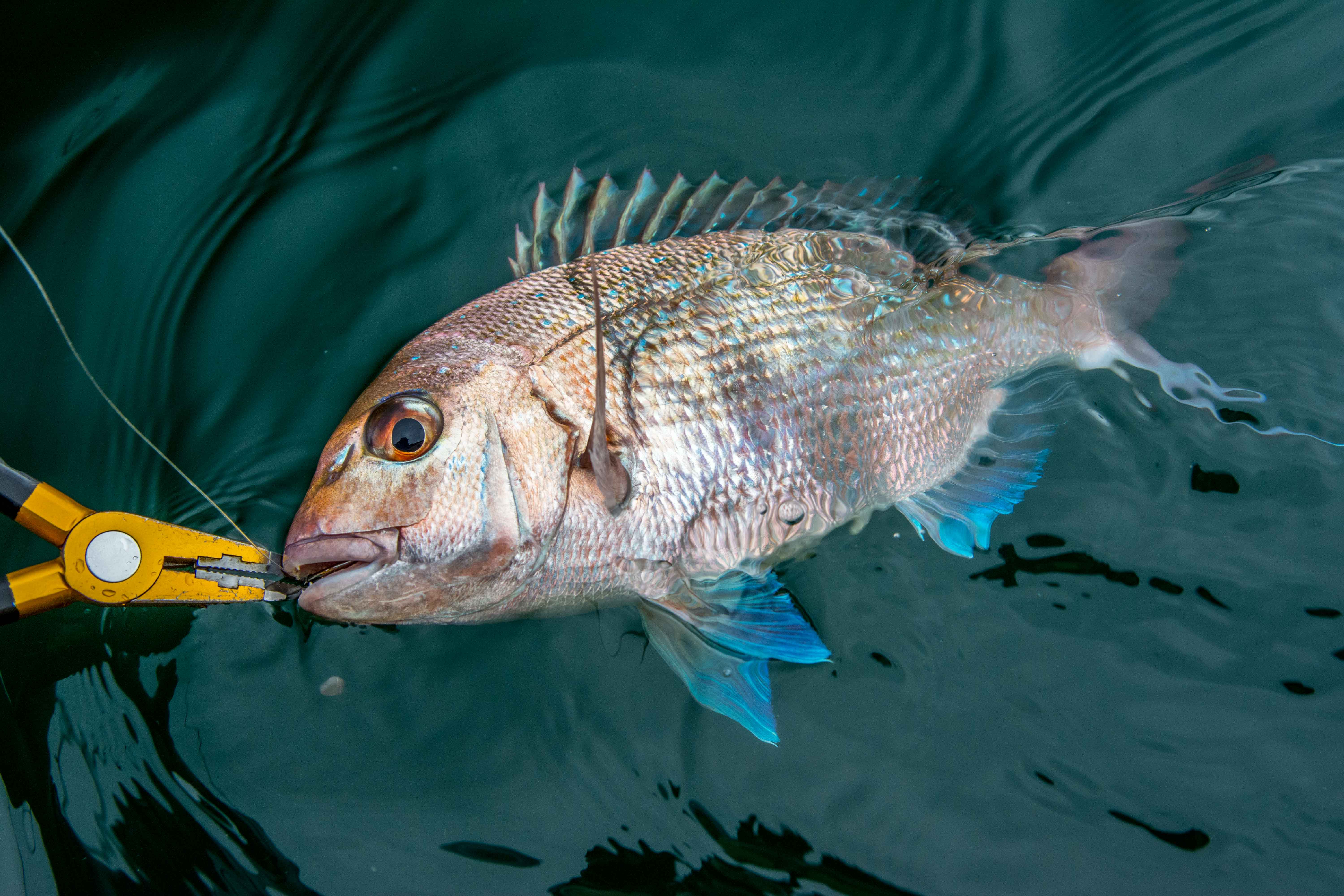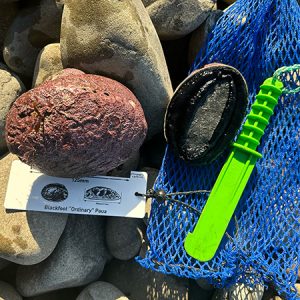What are we talking about? The amount of pressure or time it takes to crush the barb on your hook with a pair of pliers. In FishCare – The school of best practice LegaSea describes how one little squeeze with the pliers can have a profound effect on the success of your catch and release process.

Barbs are designed to keep the fish on the hook, so it is understandable that fishers may be reluctant to crush them. However, fishers around the world successfully use barbless hooks without any noticeable change in catch rates. Feedback from New Zealand fishers echoes these results.
Why does crushing the barb make a difference to the catch and release process?
Probably the biggest difference is that you don’t have to touch the fish and risk harm in the form of lost mucus or scales, which are important protections for the fish. Just like our skin, the mucus and scales are barriers to infection and disease, and potential mortality.
Tight lines are essential. If pressure is kept on the fish when it’s being retrieved it is difficult for the fish to throw the hook. When the fish is close by and still in the water easing the tension on the line or a quick reversal of the hook with a pair of pliers can release the fish.
When fishing with larger hooks sometimes pliers aren’t necessary, and you can unhook the fish using your fingers. This can be done while the fish is in the water, reducing unnecessary contact thereby making it safer for the fish. When fish are brought aboard there’s always the risk of it dropping and flapping all over the place or getting burnt on a hot aluminium tread plate floor.
There is another advantage to crushing the barbs on your hooks and that is your personal safety. If an accident occurs the hardest part of removing a hook from soft, stretchy and nerve-laden human skin is the barb. By removing the barb, removal of the hook is possible without anaesthetic, a bottle of rum or a lot of loud shouting and swearing. Fishing can continue for the rest of the day, albeit with some discomfort. Likewise, if a seabird is accidentally hooked, removal and release is much easier with a barbless hook.
Read more fishing and safety tips at FishCare – The school of best practice.





